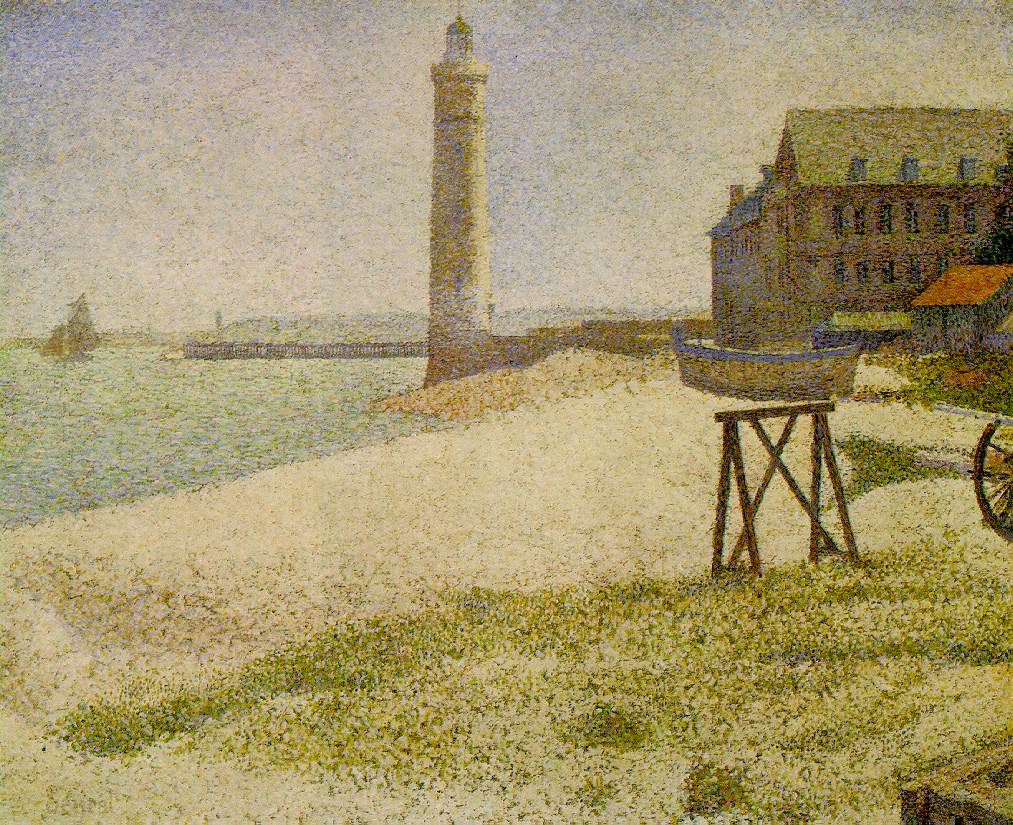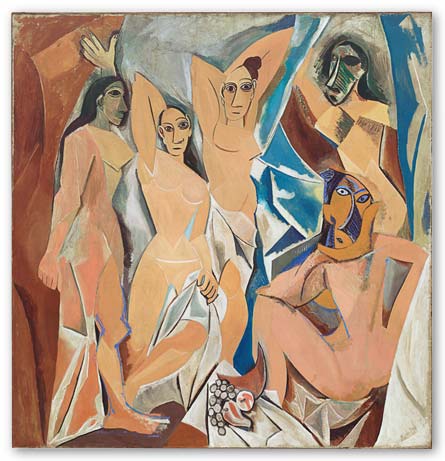Wilson’s criticism
The American writer Edmund Wilson's criticism takes
place in the 30's in the 20th century (1935). He has a non-apparitionist view, since he
states the ghosts are a product of the governess' hallucinations. He
employs psychoanalist theories in his work, like the idea of a
neurotic case of sex represion in the case of the governess. I don’t
agree that her hallucinations are a by-product of a sex repression,
but I do believe the ghosts exist only in the protagonist's mind
-maybe as a result of any other trouble in her unconscious level.
Wilson
also states that the governess shares some characteristics with Amerian characters, some qualities mentioned by the critic
being: 'frustrated, sterile, exclusively refined, depressing'.
Wilson
tells us that the governess is sexually attracted to the employer and
later to Miles (which I don't agree with) and that the ghosts are in
some way caused by this attraction. However, the critic does not give a clear
explanation as to why the governess sees ghosts sharing the physical
characteristics of her employer, for example. However, we see that
Wilson takes many of Freud's ideas to describe the characters'
behaviour and psyche.
As
a conclusion, I can say that Wilson effectively uses some Freudian concepts to
analyse some of the most important character's minds and behaviour -which is very important, because understanding the protagonist's deepest feelings and thoughts is what most of us readers want. However, being based on psychoanalysis, he postulates his ideas based too much on sexual aspects, even when he refers to the relationship
between the government and one of the children, Miles.
I
find Wilson's arguments quite persuasive, even if I do not agree with
all of his hypothesis.




